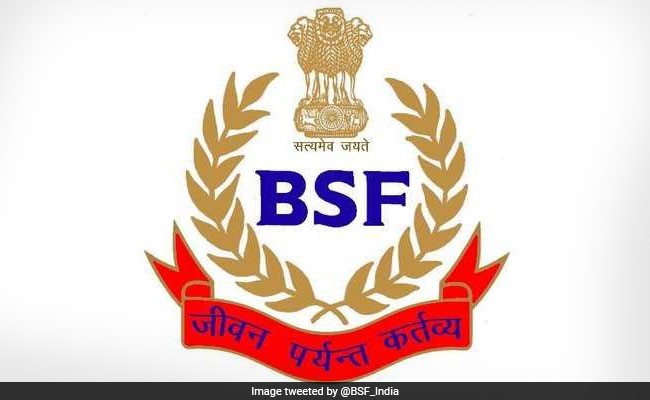Free Courses Sale ends Soon, Get It Now


Free Courses Sale ends Soon, Get It Now



Copyright infringement is not intended
Why in news?
Army Aviation Brigade
Heron-I UAVs
Issue of concern
https://www.thehindu.com/news/national/uavs-aviation-unit-boost-army-surveillance-in-eastern-sector/article37042275.ece
© 2024 iasgyan. All right reserved